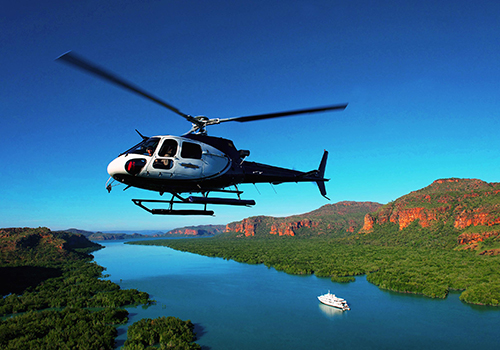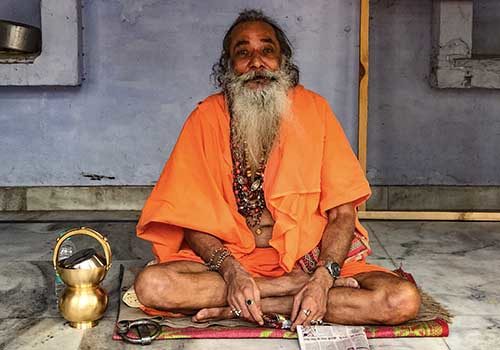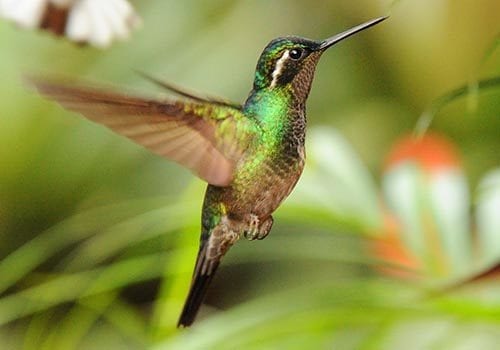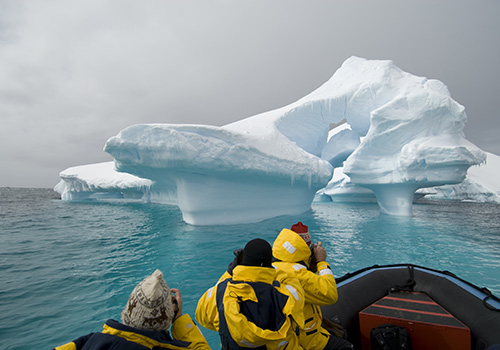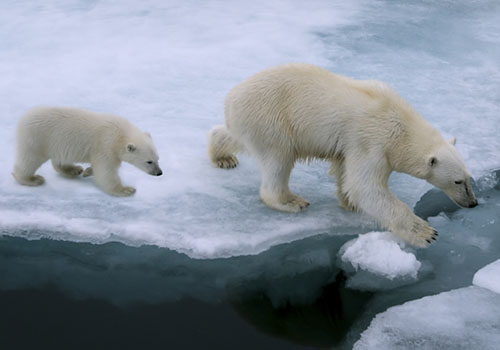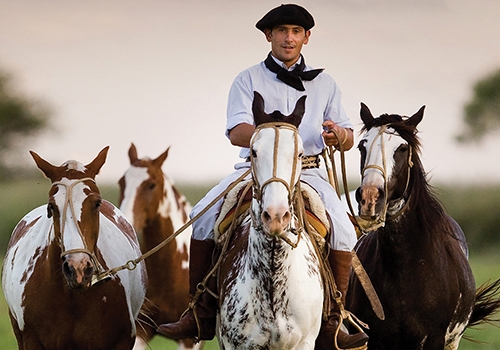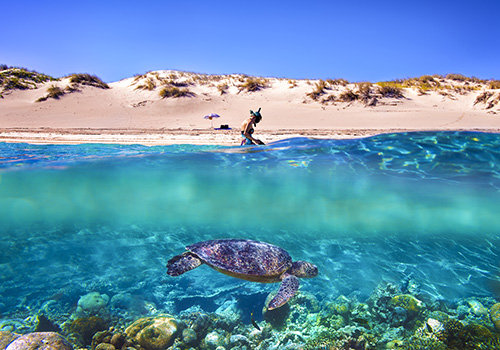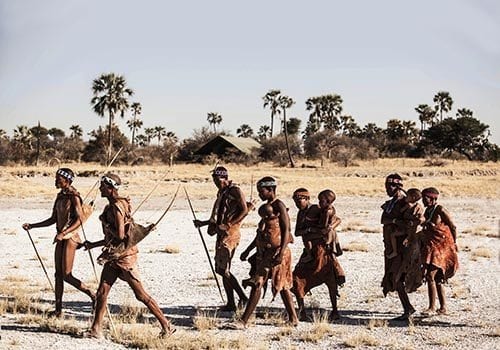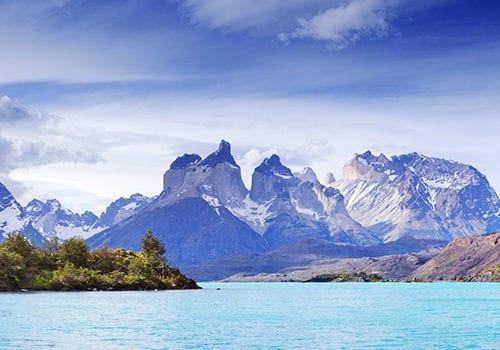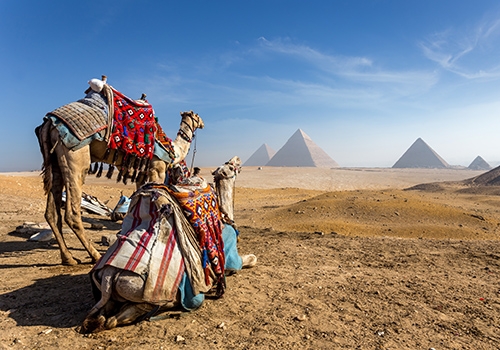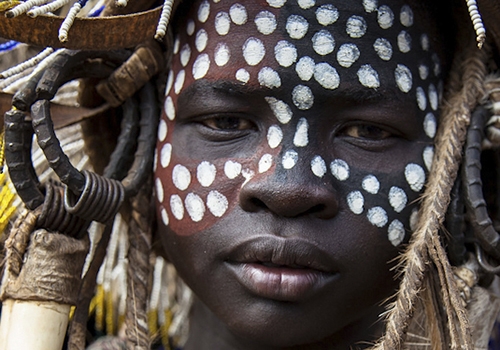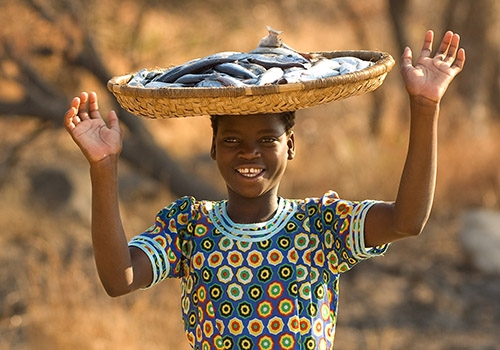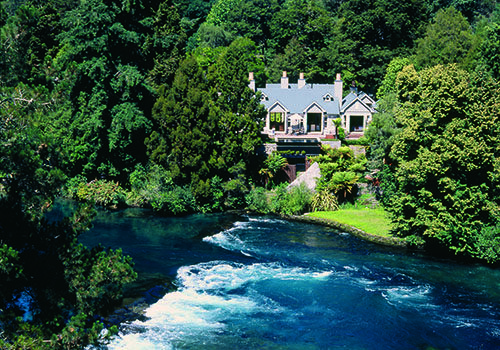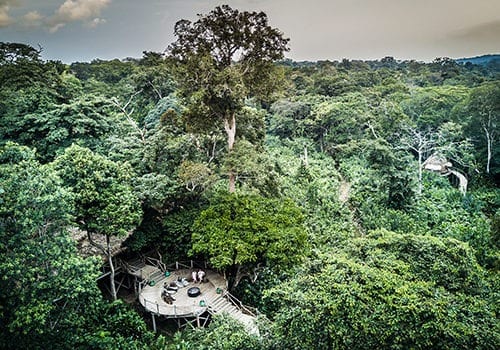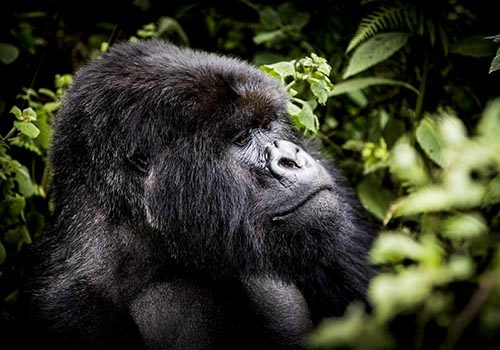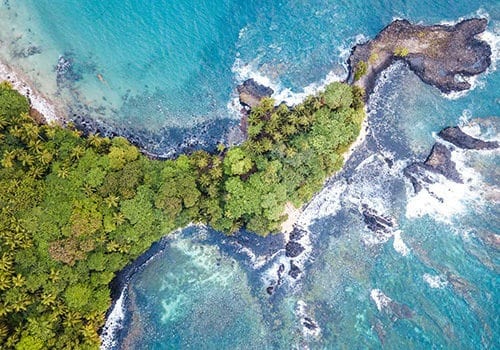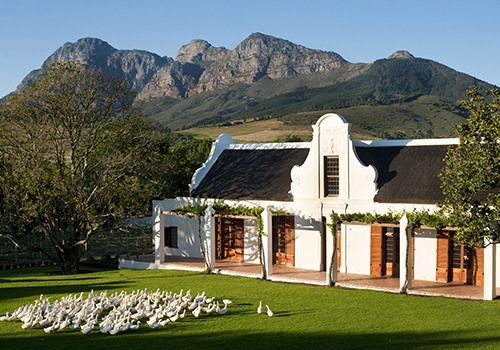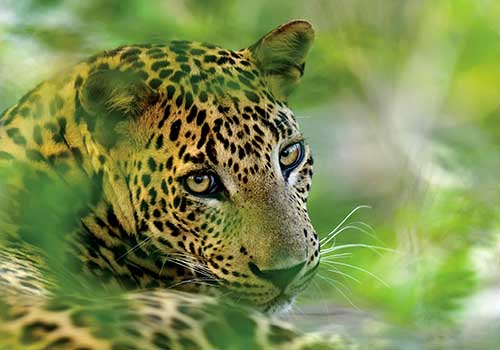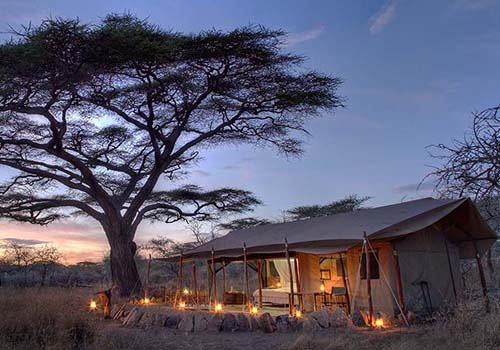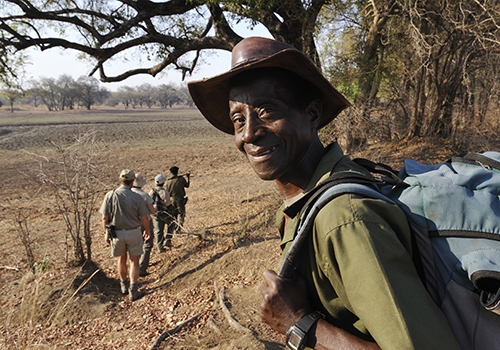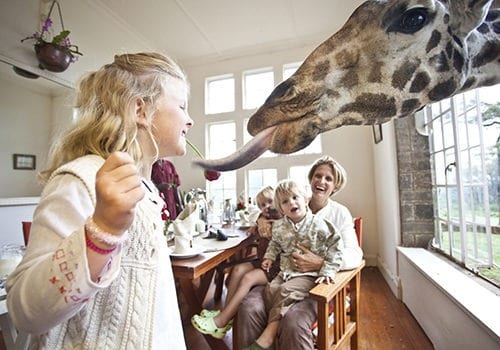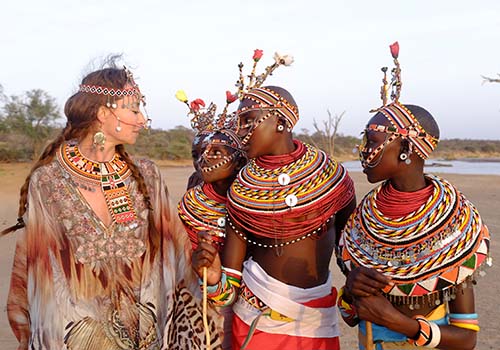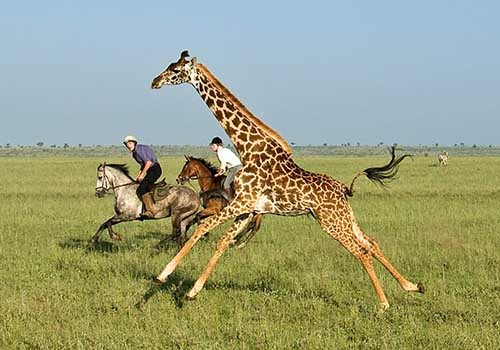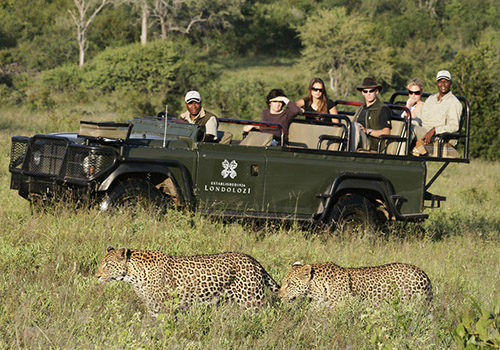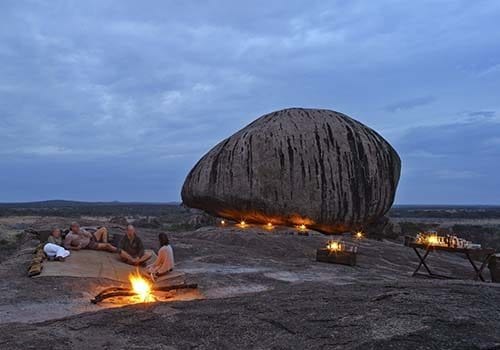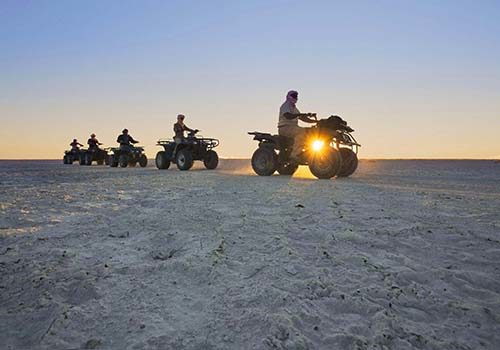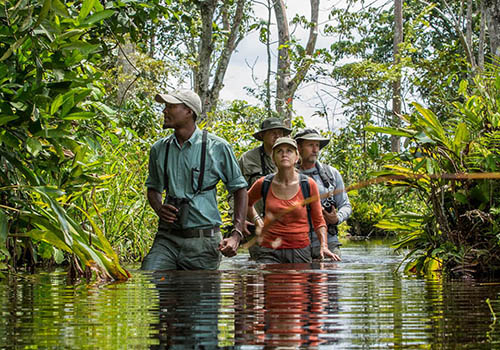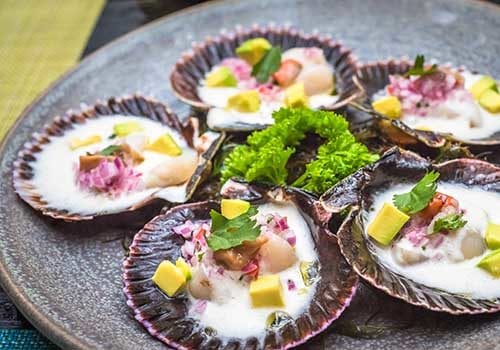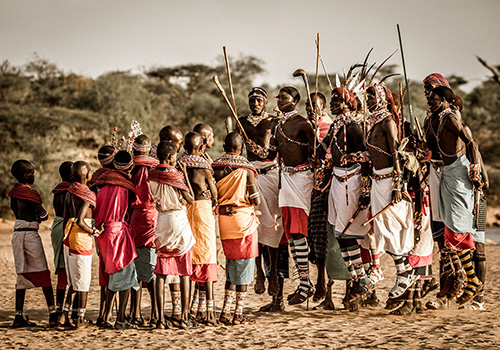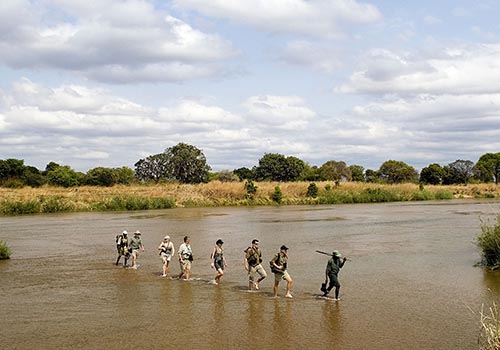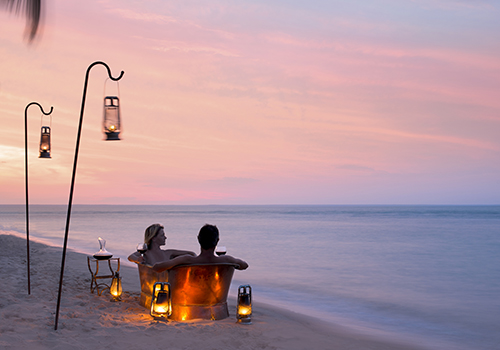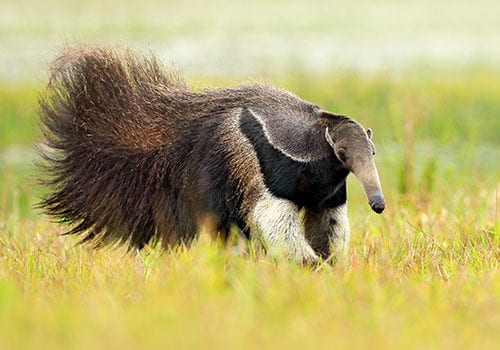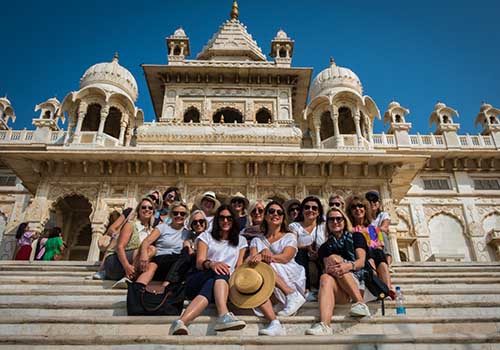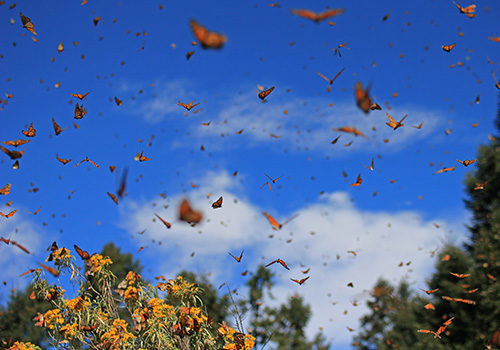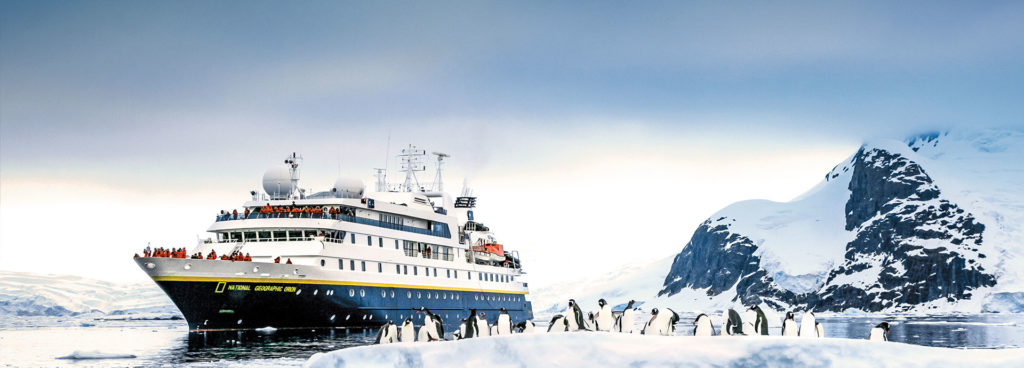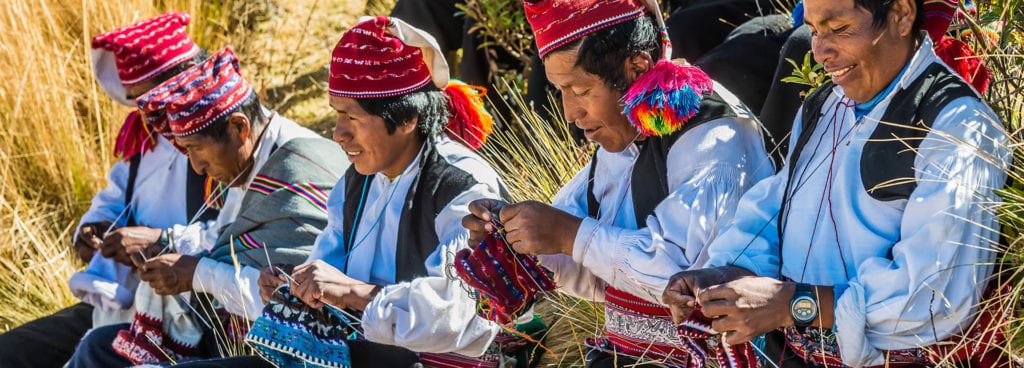DISPATCHES FROM EXOTIC LANDS

The three Guianas: Guyana, Suriname and French Guiana. Have you heard of them? OK, well could you pinpoint them on a map? Even the most savvy geographer or hardy traveller would struggle and that’s exactly why we’ve decided to share them with you. As the saying goes ‘fortune favours the bold’, and if indeed you are bold enough to set foot here, rest assured you will be handsomely rewarded.
Flora & Fauna
The Guianan rainforest is truly untouched – a vast swathe of dense, lush jungle filled with rare, bizarre and enormous creatures who’ve had little, if any, exposure to humans. This is nature left to its own devices for millennia – and its gone to town! As a result it plays host to the ‘Neo-tropical big five’ – jaguar, giant river otter, giant anteater, black caiman and Harpy eagle – and hundreds of species besides.
The Iwokrama
In the heart of Guyana stand the Iwokrama and Pakaraima Mountains. The Iwokrama Forest’s ecosystem straddles both Amazonian and Guianan environmental zones and as a result it contains extraordinarily high species diversity (estimates predict 1500 plant, 200 mammal, 500 bird and close to 600 fish, reptile and amphibian specices and probably hundreds more waiting to be discovered) and several species which are extinct or highly endangered elsewhere, like the giant anteater. In fact, 30% of the mammals here feature on the endangered species list.

Ecotourism and Conservation
Of course, as the world ‘discovers’ the Guianas, development starts to compete with conservation. Thankfully the Guyanan government’s stance on this is strong. They are implementing a carbon credit scheme whereby richer nations pay millions of dollars to Guyana’s rainforests to ‘offset’ their carbon use, on the promise that Guyana will prevent illegal logging and destruction by gold and diamond miners. Placing an economic value on the forest and its ecology in this way is a huge, pioneering leap for a small country.
The term ‘ecotourism’ is bounded around freely nowadays but in Guyana’s case it really does mean finding a way to share the beauty of this region with the world whilst protecting the interests of local people and ensuring the ecology of this special pocket is preserved for future generations.
Most visitors to the Guyanan interior will stay in the Iwokrama Centre, a river lodge and research centre where guests stay side by side with researches and scientists. Further down the Rupununi River, Karanambu Lodge offers the chance to meet the world-renowned, wonderfully eccentric and strikingly elegant Diane McTurk – the Diane Fossey of the giant otter world. She welcomes guests to share her home and see her pioneering conservation work with these incredible creates.

People and Culture
The three Guianas have a colourful, eclectic history so that alongside the indigenous ‘Amerindian’ people, live an ethnic medley of European colonists, the descendants of those involved in the African slave trade, the ancestors of Asian labourers bound by legal agreements and more. The three Guianas have a decidedly more Caribbean than South American feel, due presumably to its north coast positioning, and sampling the local rum as you watch (or participate in!) a high spirited game of cricket confirms this. Remaining a department of France, French Guiana has a noticeably Parisian air and whilst in Suriname one can visit any number of temples, synagogues, mosques and churches in a morning before tucking into some Dutch gouda washed down with a Brazilian caipirinha for lunch.
It’s worth noting that agriculture and ranching still makes up a large proportion of livelihoods here so cowboys and vaqueros still work the Savannahs of Guyana, selling their cattle and beef to the more populated coastal regions and into Brazil, so if you are looking for a little South American ‘gaucho’ flavor, you can also get your hit of this without having to travel south.
Towns and Cities
The draw of The Guianas really is the magic of the wild interior and the savage beauty of nature at its more abundant and untouched, however, due to the uniquely diverse history of these countries, the towns and cities have certainly made their mark.
Georgetown

Guyana’s capital is charmingly colonial, radiating a sense of understated, faded British glory. It is logically laid out in rectangular blocks, divided by wide tree-lined avenues and, unsurprisingly since it was designed largely by the Dutch, canals. The inner city is largely comprised of 18th and 19th century wooden buildings, dotted with gothic architecture. Its slightly bizarre but indisputably pleasant.
SEE AND DO:
- Shop at Stabroek market – a veritable ‘bizarre bazaar’
- Visit The National Museum which contains a broad selection of Guayense animal life and the Walter Roth Museum of Anthropology which offers a good insight into Amerindian history and culture
- Cross the Demerera Harbour Bridge – the longest floating bridge in the world
- Taste the famous El Dorado Rum at Diamond Distillery
- Learn how to turn oil drums in steel pan drums and learn to play them
- As a day trip, watch 30,000 gallons of water surging over the world’s highest single-drop falls, Kaieteur Falls, in the middle of an ancient jungle with, probably, no one else around. Spot the poisonous but beautiful golden frog and resplendently orange cock-of-the-rock and enjoy being humbled by the power of nature, heightened by the fact there are no fences to stop you falling off..!

Paramaribo
Suriname’s Paramaribo, a UNESCO world heritage site sitting on the banks of the Suriname River, is the most vibrant, visually striking and captivating of the Guiana’s capitals. Cultures, ethnicities and religions all mingle together here so that whilst standing in a grassy square admiring the black-and-white colonial Dutch buildings, Maroon artists (Maroon people are the descendants of escaped African slaves who formed independent settlements) spruik their masterpieces while the scent of Chinese garlic pork wafts on the breeze.
SEE AND DO:
- Hire a bike and and do a DIY tour of the old plantations along the river
- Join a local to go birdwatching – there are 727 species to spot.
- Take a sunset cruise to meet the pink river dolphins that usually come up and play alongside the boat
- Visit Amerindian and Maroon communities to be shown around schools by eager pupils and taught songs dating from the slave plantation days.
Cayenne
The Capital of French Guiana is very much a little pocket of Europe in this remote corner of the world. It is a totally unique blend of the old and new, with a dark history, a futuristic spaceport and a distinctly chic ‘je ne sais quoi’. In the city there are cosmopolitan pavement cafés spilling onto palm lined squares where you can order a café au lait and a bouillabaisse and out of town there are chilling penal colonies, plantations and numerous offshore islands to explore.
SEE AND DO:
- Soak up the French-Caribbean café culture
- Visit the volcanic ‘Iles du Salut’, the Islands of Salvation, so called because missionaries fled there to escape plague on the mainland. The most famous island is the haunting Île du Diable (Devil’s Island ), where you can witness the fascinating but spine tingling prisons camps and if you’re feeling brave or foolhardy you can stay overnight in the old guards’ quarters. You can also take a catamaran to île Saint Joseph to explore the atmospheric solitary confinement ruins and cemetery
- Switch the past for the future and visit the Eurpoean Space Agency – a surprising addition to the list!
Although not the main draw for most visitors to the Guianans, the magnetic draw of these vibrant, baffling and intriguing cities cannot be overlooked!
In Conclusion:
Between them Guyana, Suriname and French Guiana offer more wildlife, culture, history and curiosity than almost anywhere on the planet but the pure beauty of them lies in the fact that people simply don’t go there! It is true that there is not much infrastructure or information for tourists, but by travelling with a reputable operator, and by being armed with a solid sense of humour, any worries on that front can easily assuaged. You will need to be hardy enough to endure back-breaking, unmade roads, forget the ‘givens’ of the modern world (your credit card for example as ATMs are rare) and embrace the unknown. However, if you can accept these things, you will be rewarded with the rare disconnect that only comes from being utterly detached from a frenetic, contemporary life and rediscover the joy of what it really means to travel.


